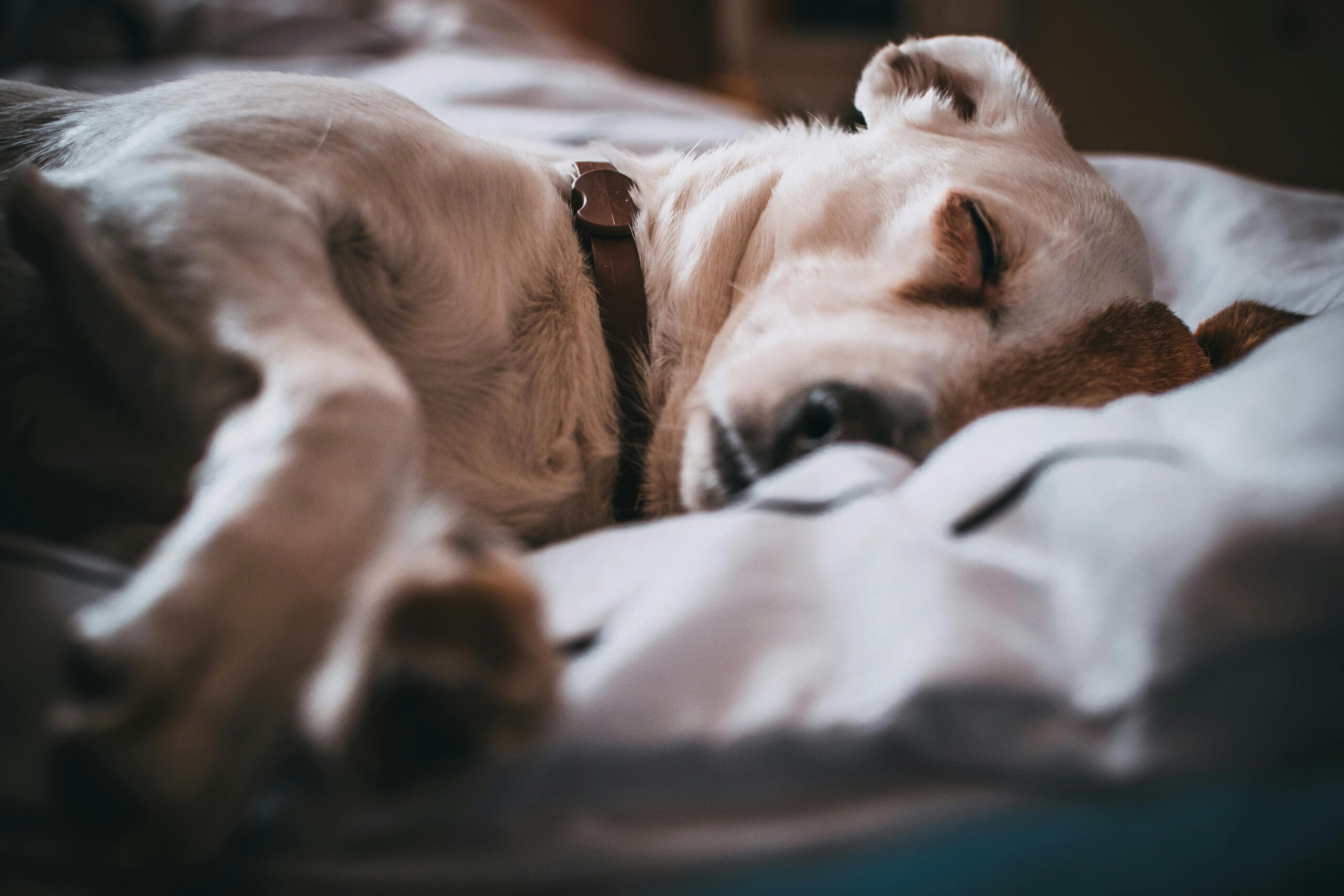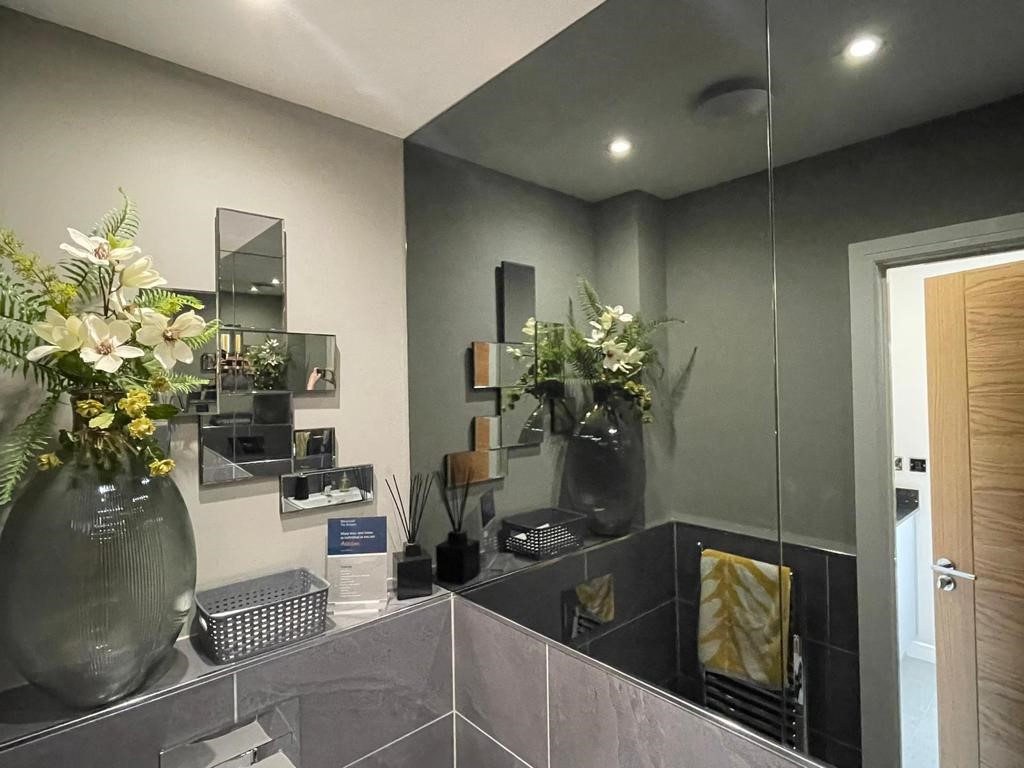Explore the ultimate guide to choosing the best dog bed for post-surgery comfort and everyday use. Tips for selecting supportive, easy-to-clean, and comfortable beds.
When it comes to choosing the perfect dog bed, especially following surgery, comfort, and practicality are key. I learned this firsthand after Lexi, my lovable pup, went through ACL surgery. I quickly realized that a spacious, supportive bed was not just a nice-to-have but a necessity for her recovery. Have you ever wondered what kind of bed your dog would love the most? If you’re anything like me, the well-being of your furry friend is incredibly important. I learned this first-hand when my dog, Lexi, had surgery. Choosing the right dog bed made all the difference during her recovery. So, let’s dive into how you can choose the best dog bed for both everyday comfort and post-surgery care.
Why Is Choosing the Right Dog Bed Important?
Selecting the right dog bed goes beyond picking something that looks cute or matches your furniture. It’s essential for your dog’s comfort and health. When dogs don’t have a supportive bed, they can develop pressure sores, arthritis, and back pain—just like humans.
Think about it: You wouldn’t sleep on an uncomfortable mattress, so why should your dog?
My Personal Experience with Lexi’s Surgery
When Lexi had ACL surgery, it was a wake-up call for me. She would be spending a lot more time lying down during her recovery, and I wanted to ensure she was comfortable. I opted for a spacious, supportive bed, larger than what was typically recommended for her size. This gave her plenty of room to stretch out and get comfortable. We even called it her “hospital bed.” The extra space was a game-changer for her recovery.
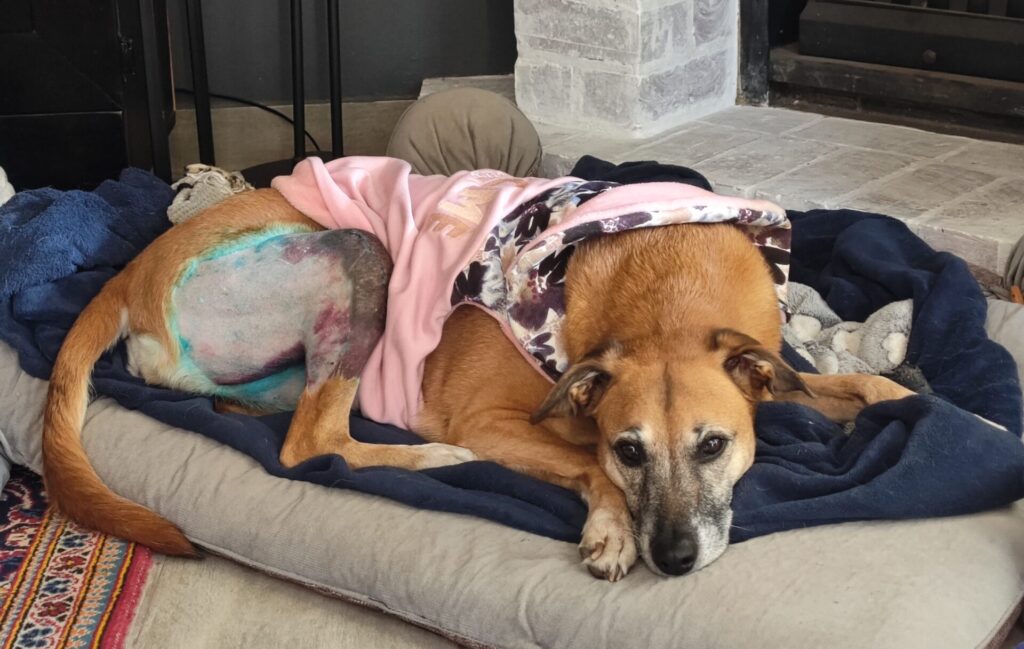
What Kind of Dog Bed is Best After Surgery?
Post-surgery, dogs need a particular kind of bed—one that offers both support and comfort.
Spacious and Supportive
For Lexi, a spacious bed gave her the room she needed to stretch out and relax fully. This was critical for her comfort and allowed her to avoid any pressure points that could hinder her recovery.
Memory Foam Dog Bed
Memory foam beds can contour to your dog’s body, offering the kind of support that can be beneficial for recovering muscles and joints. They may be on the pricier side, but the relief and support they provide are worth every penny.
Here are the top 4 benefits of a dog bed with memory foam:
- Joint support and pain relief for older/arthritic dogs
- Enhanced comfort and better sleep quality
- Temperature regulation to prevent overheating
- Durable and long-lasting support
The EHEYCIGA Orthopedic Dog Bed is the best memory foam bed on the market, you can get it here on Amazon.
Raised Edges
Some beds come with raised edges or bolsters that can provide extra support and a sense of security for your dog. It can be particularly comforting for them to lean against something firm, much like how Lexi used hers as neck support, similar to a pillow.
Easy to Clean
Finally, make sure the bed is easy to clean. Post-surgery, your dog might have accidents or issues with wound care that could mess up the bed. A removable, washable cover can make all the difference.
Does Dog Bed Quality Matter?
Absolutely! Even if your dog isn’t recovering from surgery, a high-quality bed can prevent future health issues. Investing in a quality bed ensures that your dog has the necessary support and comfort, which contributes to their overall well-being and happiness. Did you know that dogs sleep between 12-14 hours a day? With all that snoozing, a comfy bed is essential!
Durability and Comfort
High-quality beds are generally more durable and maintain their shape better over time. Cheaper beds might flatten out quickly, leading to discomfort and potential health issues for your dog. Additionally, high-quality beds often use better materials that provide superior comfort, ensuring your dog gets a good night’s sleep. Fun fact: an average dog bed might only last about a year before needing replacement, but a high-quality one can last much longer.
Long-term Investment
While it might seem like an expensive initial investment, a quality bed will last longer. Plus, it will save you from making frequent replacements, making it a better financial decision in the long run. A durable bed can withstand your dog’s natural behaviors, such as scratching and digging, reducing the likelihood of wear and tear. Personally, I’ve found that spending a bit more upfront has saved me a lot of hassle and money over the years.
Health Benefits
A firm, supportive bed is essential for the long-term health of your dog’s joints and back. Dogs can suffer from back pain, and a low-quality bed can exacerbate these problems. Quality beds offer orthopedic support, which is especially important for older dogs or breeds prone to joint issues. This support helps prevent conditions such as arthritis and hip dysplasia, contributing to your dog’s overall health and mobility. I noticed a significant difference in Lexi’s comfort and mobility after switching to a high-quality bed, and it’s been worth every penny.
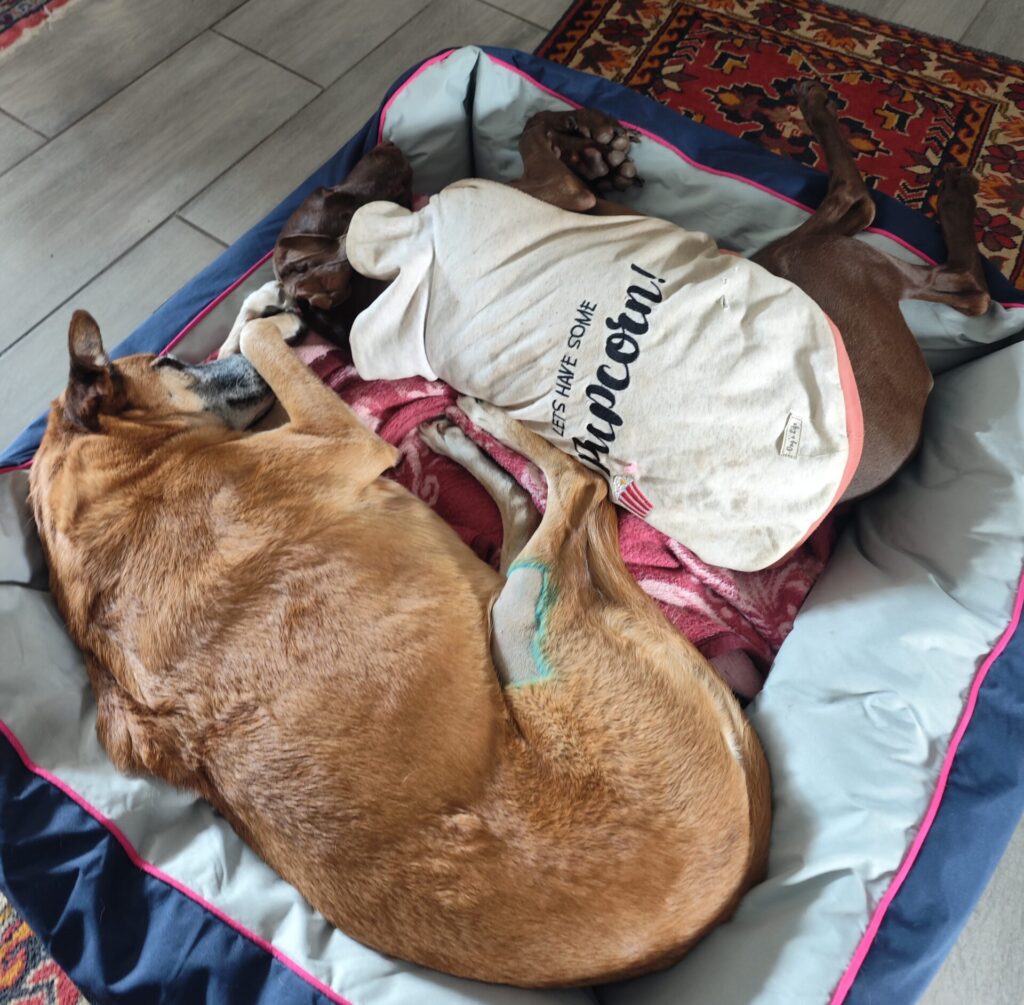
What Features Should I Look for in a Dog Bed?
Now that we know why a good bed is important, let’s break down what features to look for to make sure you’re getting the best for your dog.
Removable and Washable Cover
For me, this is non-negotiable. Lexi sheds a lot (she could practically make another Lexi with all that fur!), so having a cover I can easily remove and toss in the wash makes my life significantly easier. Plus, beds can develop odors over time. A washable cover helps keep the bed clean and fresh, extending its lifespan.
Waterproof Lining
Accidents happen, especially with a puppy or an older dog (or sometimes just after a romp in the mud!). A waterproof lining can protect the mattress from mishaps and makes cleanup a breeze.
Non-Skid Bottom
A non-skid bottom ensures that the bed stays in place, especially if you have hardwood or tile floors. It prevents the bed from sliding around when your dog jumps in or out.
Proper Sizing
Always aim for a bed one or two sizes bigger than what you might think you need. This gives your dog plenty of space to stretch out and get comfortable. Sometimes, she even shares with her favorite plush toys, which is as adorable as it sounds!
Temperature Control
Some beds offer temperature control features, like cooling gel or heated inserts. Depending on your dog’s needs, this could be a perfect addition to their comfort, especially for pets that suffer from arthritis or other joint issues.
Bolsters or Raised Edges
Many dogs love to curl up against something or rest their heads on a raised edge. Bolsters can provide this additional comfort and sense of security.
How Can I Make My Dog’s Bed Even Better?
You’ve picked the right bed; now let’s talk about how to enhance it further.
Add a Blanket
Adding a blanket to your dog’s bed can make it feel cozier. Plus, the blanket can be washed more frequently than the bed itself, keeping everything cleaner.
Placement Matters
Placing the bed in a quiet, low-traffic area can make a big difference, especially if your dog is recovering from surgery. It offers them a quiet, peaceful place to rest.
Inspections
Regularly inspect the bed for signs of wear and tear. Make sure the stuffing hasn’t shifted or flattened too much, and replace or fluff it up as needed.
Why Does My Dog Dig in Bed?
Ever caught your dog digging in their bed and wondered why? This behavior is known as “denning,” and it’s a natural instinct inherited from their wild ancestors.
Comfort Creation
By digging, dogs attempt to create a comfortable sleeping spot, much like how you’d fluff up a pillow before resting your head. It’s their way of making the bed just right for them.
Temperature Regulation
Digging can also help regulate temperature. In the wild, making a shallow hole helps dogs stay cool in the summer and warm in the winter.
Why Does My Dog Like to Sleep Under My Bed?
It might seem a little odd, but many dogs love sleeping under beds. Here’s why:
Sense of Security
The enclosed space provides a den-like environment, which can make them feel safe and secure. It’s similar to how crate-trained dogs view their crates as safe havens.
Cooler Temperature
The space under the bed is often cooler, providing relief from the heat. The quiet, dark space can also offer a more peaceful sleeping experience.
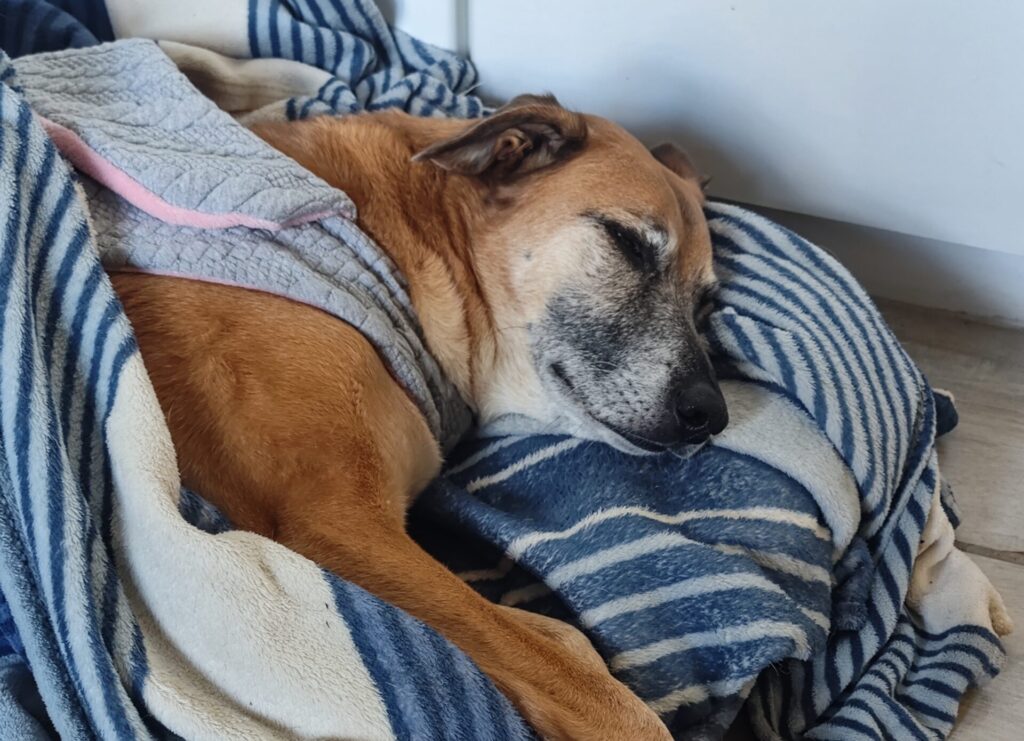
Conclusion
Choosing the right bed for your dog is a significant part of their overall well-being. Whether they’re recovering from surgery or just need a comfortable place to rest, the right bed can make all the difference. Remember to invest in quality, opt for a size bigger, and look for features like washable covers and raised edges. Your furry friend deserves the best, and a great bed is a significant step toward providing it. So, what are you waiting for? It’s time to find that perfect bed for your loyal companion!
Read more about Lexi’s Journey: Overcoming My Dog ACL Injury Part 1 here
